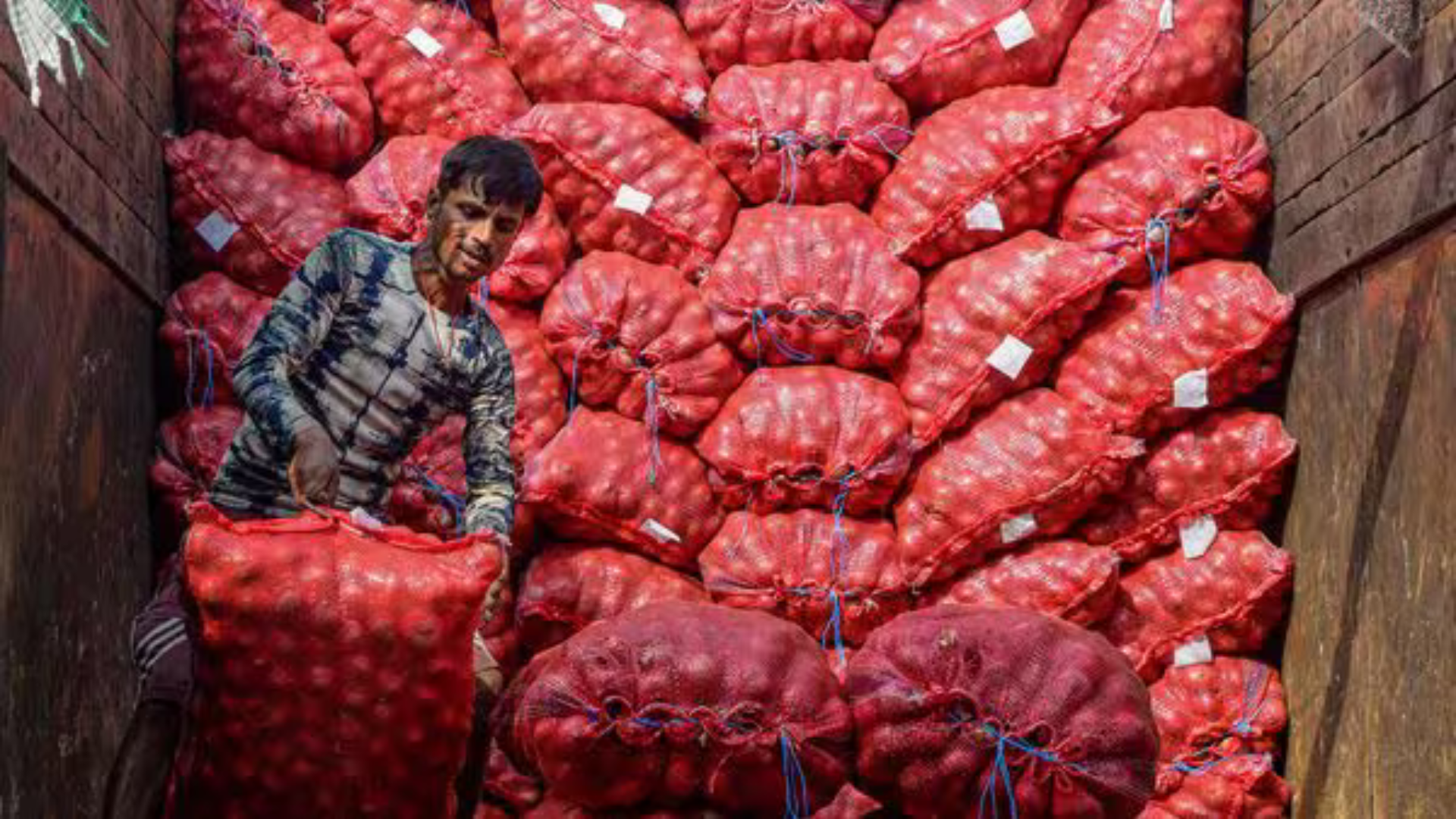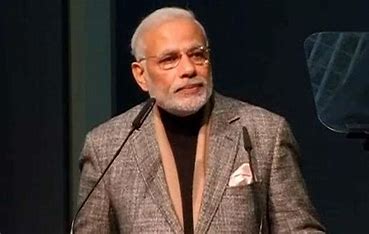
The Delhi BJP has called on the Delhi government to tackle the escalating prices of vegetables, which have become a significant burden for economically weaker sections and the lower middle class. In a letter addressed to Imran Hussain, the Delhi food and civil supplies minister, Delhi BJP spokesperson Praveen Shankar Kapoor proposed that special vans be deployed to each municipal ward to ensure subsidized vegetables reach the masses.
Additionally, the party has requested the Delhi government to initiate complementary distribution of essential vegetables like onions and potatoes. The letter highlighted that staples such as potatoes are being sold at Rs 40 to 50 per kg, onions at Rs 50 to 60 per kg, and tomatoes at Rs 90 to 100 per kg, making them unaffordable for many. Other vegetables, including lady’s fingers and brinjal, are priced above Rs 100 per kg, while peas are selling at Rs 150 per kg, exacerbating the financial strain on households.
Kapoor urged the minister to take immediate action and provide the common people with potatoes at Rs 20 per kg, onions at Rs 25 per kg, and tomatoes at Rs 40 per kg, reflecting prices from just ten days ago. Furthermore, the BJP has called for other vegetables to be made available at more affordable rates.
The spike in vegetable prices has been attributed to inclement weather, increased transportation costs, and a shortage of labor, causing prices to surge by 25-50% in the first week of July compared to June. This includes tomatoes, which were sold at Rs 60 per kg in the wholesale market a week ago, and other vegetables such as potatoes, lady’s fingers, bottle gourds, and brinjals, which have also seen significant price hikes at the Azadpur auction yard.
Heavy monsoon rains have led to soaring tomato prices in Delhi, with wholesale prices nearly doubling, affecting retail rates. The supply shortages due to rain have also impacted the prices of onions, potatoes, and seasonal vegetables.
Additionally, in Assam, floods have led to increased vegetable prices, affecting over 12.33 lakh people in 24 districts, with a death toll of 90. As water levels recede in many rivers, the Brahmaputra River remains a concern.















